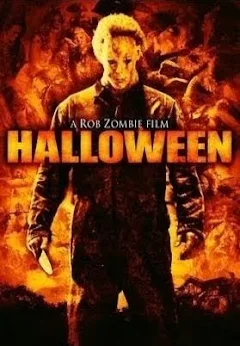*Mortal Engines*, released in 2018, transports audiences to a stunningly imaginative post-apocalyptic world where cities roam the Earth on massive, wheeled platforms, devouring smaller towns to survive. Directed by Christian Rivers and produced by *The Lord of the Rings* and *The Hobbit* mastermind Peter Jackson, the film is an adaptation of Philip Reeve’s 2001 novel of the same name. While the movie didn’t make waves at the box office, it has become a visual spectacle beloved by fans of dystopian tales and steampunk aesthetics.
### The Plot: A Unique Vision of a Post-Apocalyptic Future
Set thousands of years in the future after an event known as the Sixty Minute War has decimated much of the planet, *Mortal Engines* follows a world where the remaining cities are transformed into “Traction Cities.” These massive, moving metropolises hunt down smaller towns to “consume” their resources and fuel. The story centers on Hester Shaw (Hera Hilmar), a fiercely independent and mysterious young woman with a vendetta against the powerful Thaddeus Valentine (Hugo Weaving), a high-ranking leader in the grand city of London.
Hester’s journey brings her into contact with Tom Natsworthy (Robert Sheehan), a young historian from London. Together, they uncover dark secrets that threaten the future of civilization and set out to stop Valentine’s ruthless quest for dominance. The film weaves together themes of revenge, resistance, and survival, while addressing questions about environmental sustainability, technology, and the perils of unchecked ambition.
### The Visuals: A Steampunk Masterpiece
One of *Mortal Engines*’ most praised aspects is its breathtaking visual style. The film’s production design is steeped in steampunk aesthetics, blending Victorian elements with futuristic technology. The “Traction City” concept, where massive cities like London roll across desolate landscapes, is brought to life with astonishing detail, allowing audiences to experience a highly imaginative, industrial world like no other. From enormous gears and towering cathedrals to airborne ships and imposing city architecture, every frame of *Mortal Engines* is rich with intricate design.
Christian Rivers, who won an Academy Award for his visual effects work on *King Kong* (2005), expertly balances CGI with live-action elements, creating a seamless experience that’s visually engaging. While some critics felt that the story was overshadowed by the film’s emphasis on visuals, others argue that the spectacle alone is worth the watch.
### The Characters: Resilience in a Harsh World
While *Mortal Engines* was met with mixed reviews, the performances of the cast brought life to the intriguing story. Hera Hilmar shines as Hester Shaw, giving her character depth and intensity, portraying both her toughness and vulnerability as she confronts her tragic past. Hugo Weaving is equally compelling as the calculating and menacing Thaddeus Valentine, whose hunger for power propels the story forward.
Robert Sheehan’s portrayal of Tom adds a hopeful contrast to the story’s darker themes. He evolves from a curious, naive historian into a brave individual determined to do what’s right. The chemistry between Hester and Tom allows a sense of humanity to bloom amid the harsh environment of the Traction Cities, adding emotional weight to the action-packed narrative.
### Why *Mortal Engines* Deserves a Second Look
Although it may have been overlooked upon its release, *Mortal Engines* is a unique addition to the genre, worth a second look for fans of post-apocalyptic storytelling and visually driven films. The movie ambitiously blends steampunk elements with a dystopian adventure, offering viewers a fresh take on the survival genre that explores themes of resilience and power.
While the film’s story may not resonate with everyone, *Mortal Engines* is a reminder of what’s possible in the realms of science fiction and fantasy, transporting audiences to a world that’s as complex as it is breathtaking.




